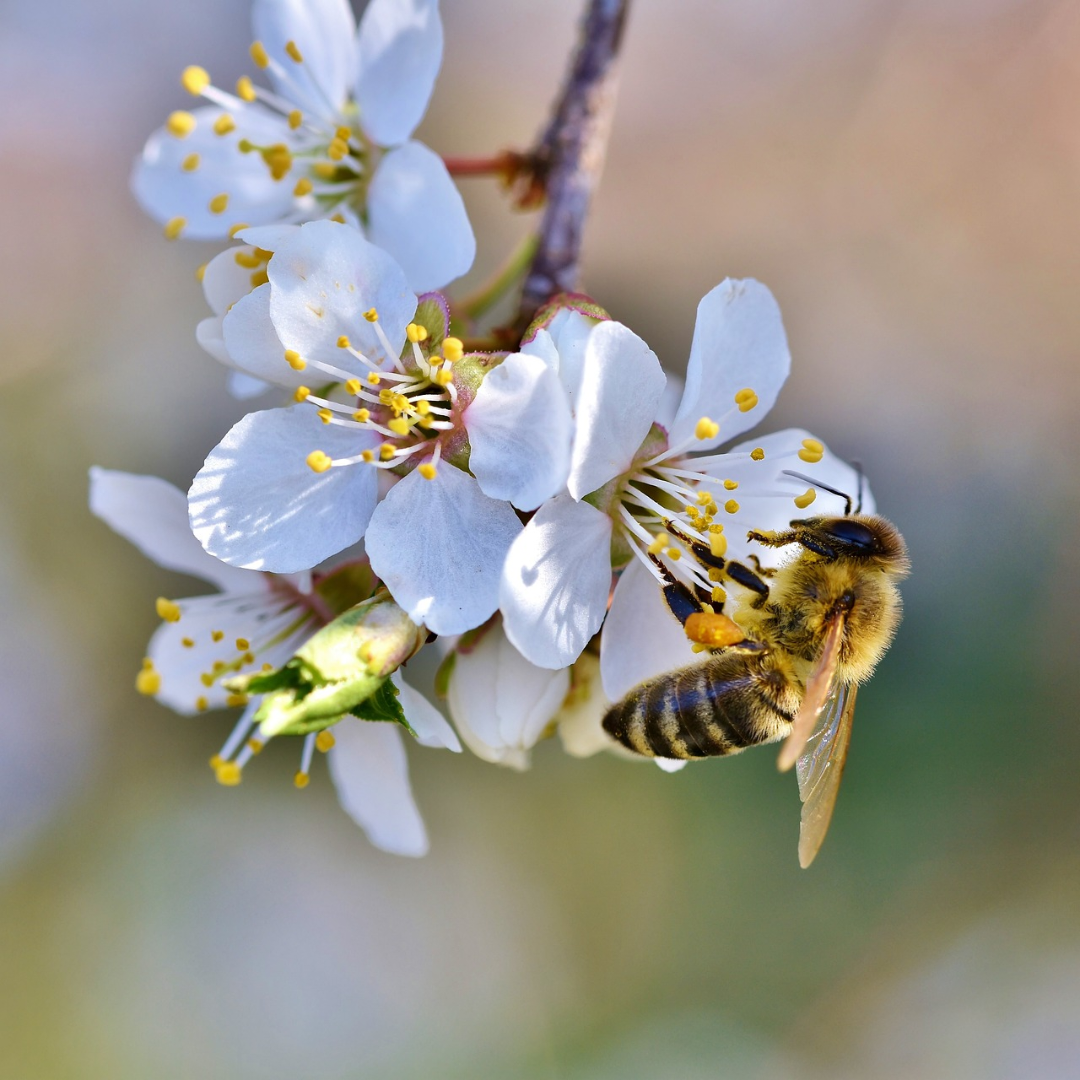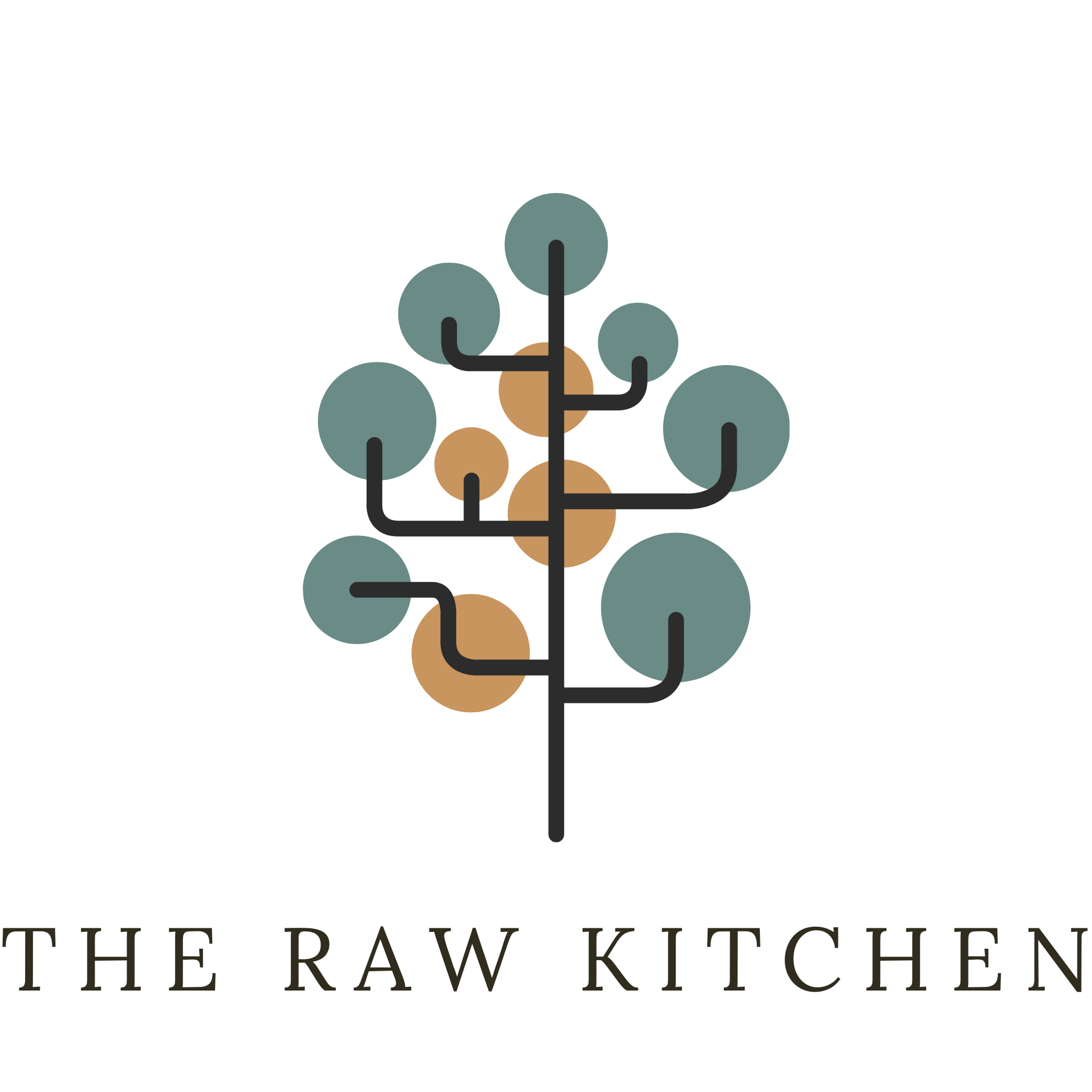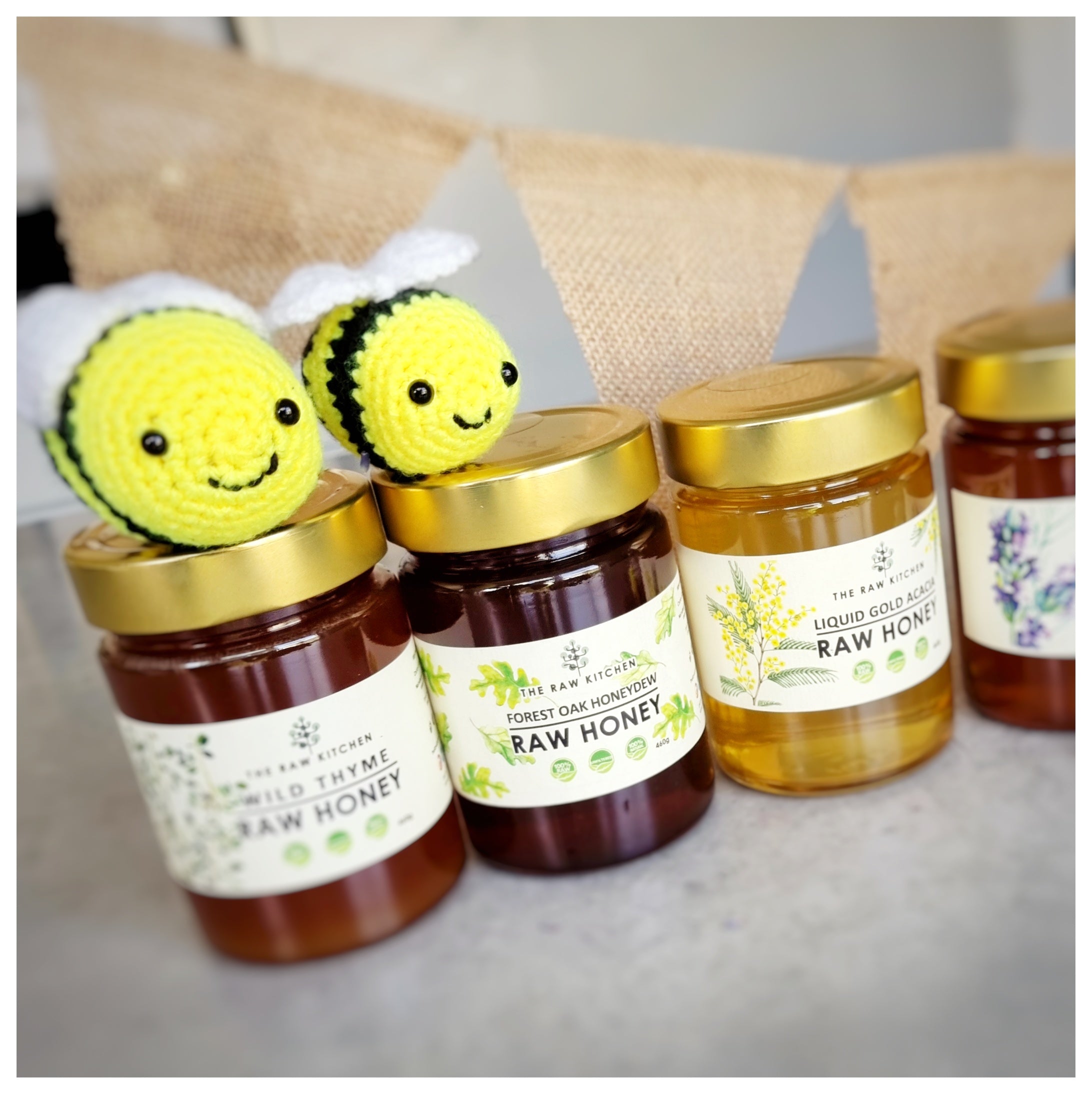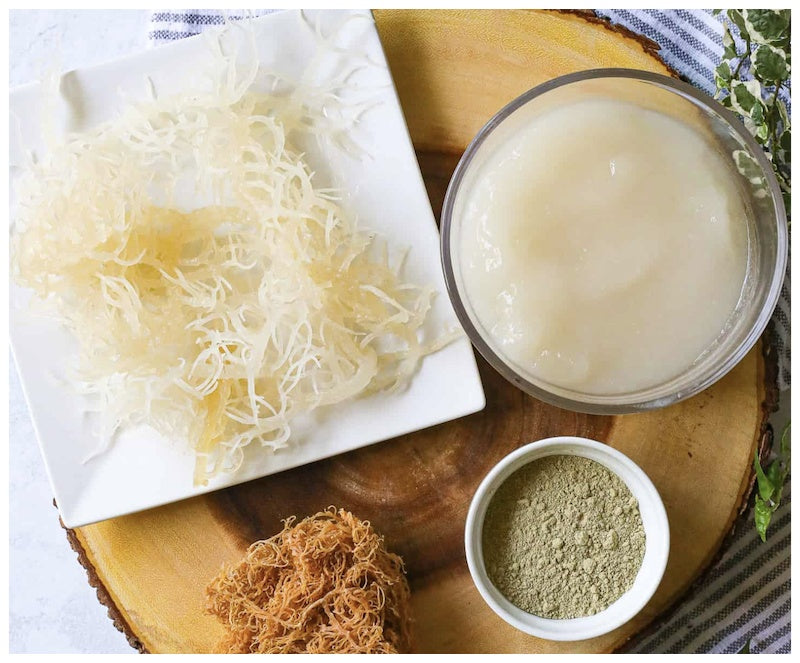
Our Amazing World Series - Fascinating Facts About Honey Bees
Our planet wouldn't be as beautiful without bees.
Honey bees are crucial to the health of the earth in addition to producing the nutrient-dense, exquisitely tasty liquid gold that we know as honey. Bees have been directly responsible for a sizable percentage of the earth's abundance for approximately 34 million years; their activity has allowed for the growth of fruits, nuts, seeds, and other fauna. Numerous ecosystems around the world have flourished and maintained their capacity to support a variety of plant and animal species because of the role bees play in pollination.
Only a small percentage of the approximately 20,000 species of bees that are known to exist generate honey, and each honey bee produces only a twelfth of a teaspoon of honey in her lifetime. Humans started collaborating with and learning from honey bees as early as 9,000 years ago. And while honey bees have managed to conceal some mysteries, science has learned enough about them to enable beekeepers to build enduring, mutually beneficial partnerships with their hives and practise environmentally responsible care. We take pride in helping beekeepers who care about the environment and their hives' inhabitants.
What exactly occurs inside the hive then? Three different species of bees live in each colony, which is a bustling metropolis, and these tiny towns are managed nearly entirely by females.
The Queen Bee
The sole reproductive female in the entire colony is the queen bee. Before permanently relocating to the hive, a young queen will spend a few days travelling to other colonies and mating with up to 15 male drone bees. She can produce about 1,500 eggs every day, and practically every bee in the colony is a descendant of her. Additionally, the queen creates pheromones that control the behaviour of her worker bees; if she moves, they will follow her without hesitation.
Worker Bees
Nearly 99% of the 60,000 bees in a colony are sterile female worker bees. These busy women, whose responsibilities vary depending on their ages, manage and maintain the hive. When worker bees are young, their main duty is to distribute nectar collected by their older sisters to the brood of new born bees. As they mature, they will first spend their time keeping the hive tidy before moving on to guard duties. They will then start searching for pollen and nectar.
When honey bees locate a favourable place to forage, they will return to the hive and engage in a unique behaviour known as the "waggle dance," in which they will fly in the shape of an eight to indicate the direction, distance, and type of resource that she has found.
Honey bees do sting, but only to defend their colony. This is the only good reason for them to do so. As a result of their stingers' barbs and connections to their bodies, when a bee stings you and flees, her stinger is torn out, and she will surely die. Contrary to popular belief, honey bees are actually incredibly gentle creatures. They have excellent emotional reading abilities, much like any other animal. They're less likely to perceive you as a threat if you maintain your composure and move slowly.
Drone Bees
Drone bees are viable males that basically only exist to fertilise queens from other colonies. They lack stingers, perish during mating, and are excluded from the hive throughout the winter so that female bees can have access to resources.
Hive Behaviour
Honey bees will retreat into their hives and create a structure known as a winter cluster when the temperature falls below 10 degrees Celsius. They vibrate to maintain the hive's comfortable temperature, which is actually rather warm (between 27 and 34 degrees Celsius), during the colder months. In order to survive, they do consume their honey, but oddly enough, they regularly generate considerably more honey than they could ever consume. Some have hypothesised that this is an evolutionary response to the fact that everyone from bears to humans have been gathering honey for thousands upon thousands of years, despite the fact that scientists are currently investigating why they do it.
In a time when wild populations of honey bees are threatened, it is our duty to provide ethical, sustainable stewardship since honey bees are crucial to agriculture, wild habitats, and the health of the planet. The best and simplest method to help honey bees is to always choose 100% raw honey that is produced sustainably.
You're not only enhancing your kitchen with honey in its purest form by bringing The Raw Kitchen's honey home, but you're also promoting the well-being of honey bees!
If you enjoyed this article, check out the National Geographic's article about Peruvian bees, or RSPB's article all about the honey bee.



Leave a comment
This site is protected by hCaptcha and the hCaptcha Privacy Policy and Terms of Service apply.